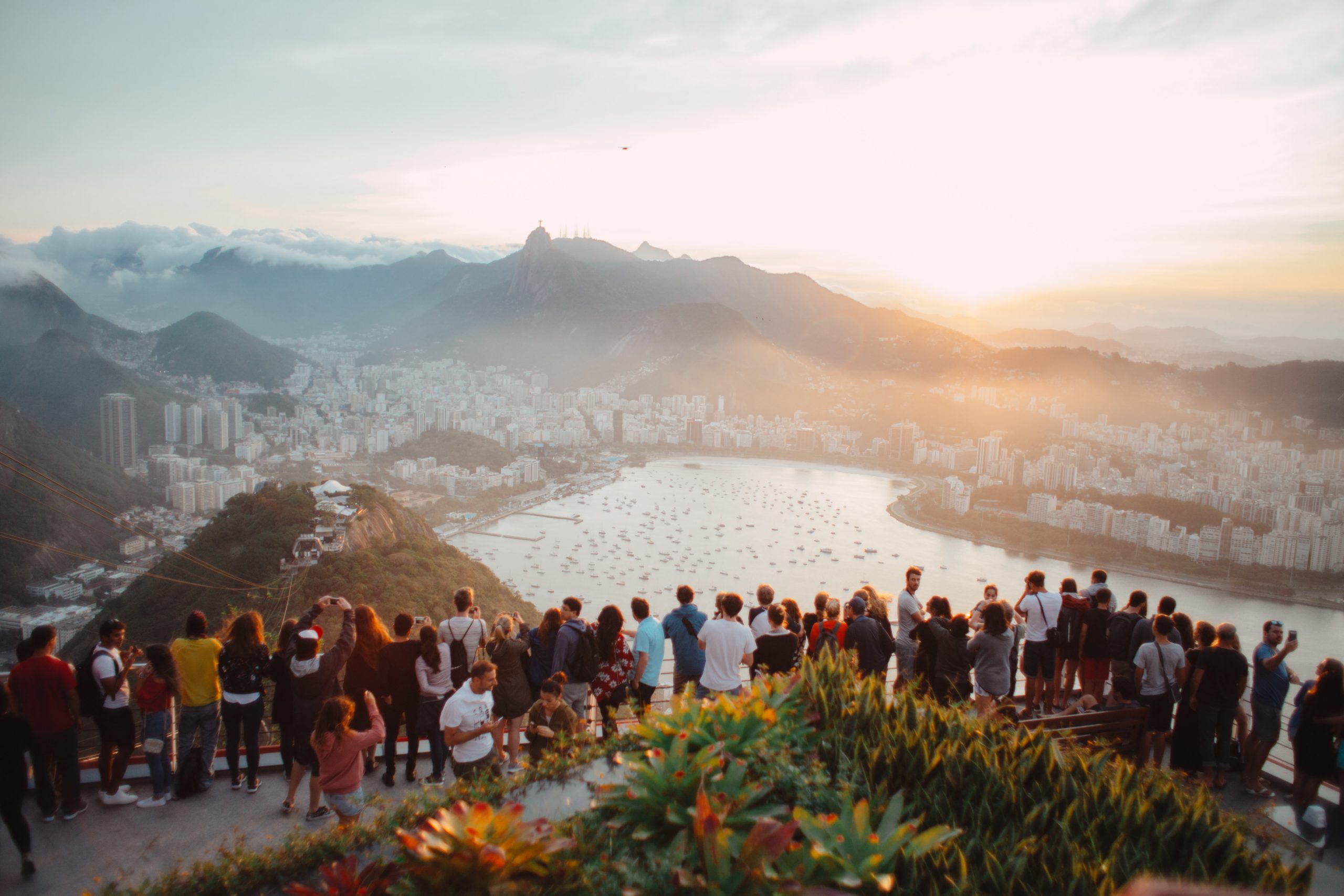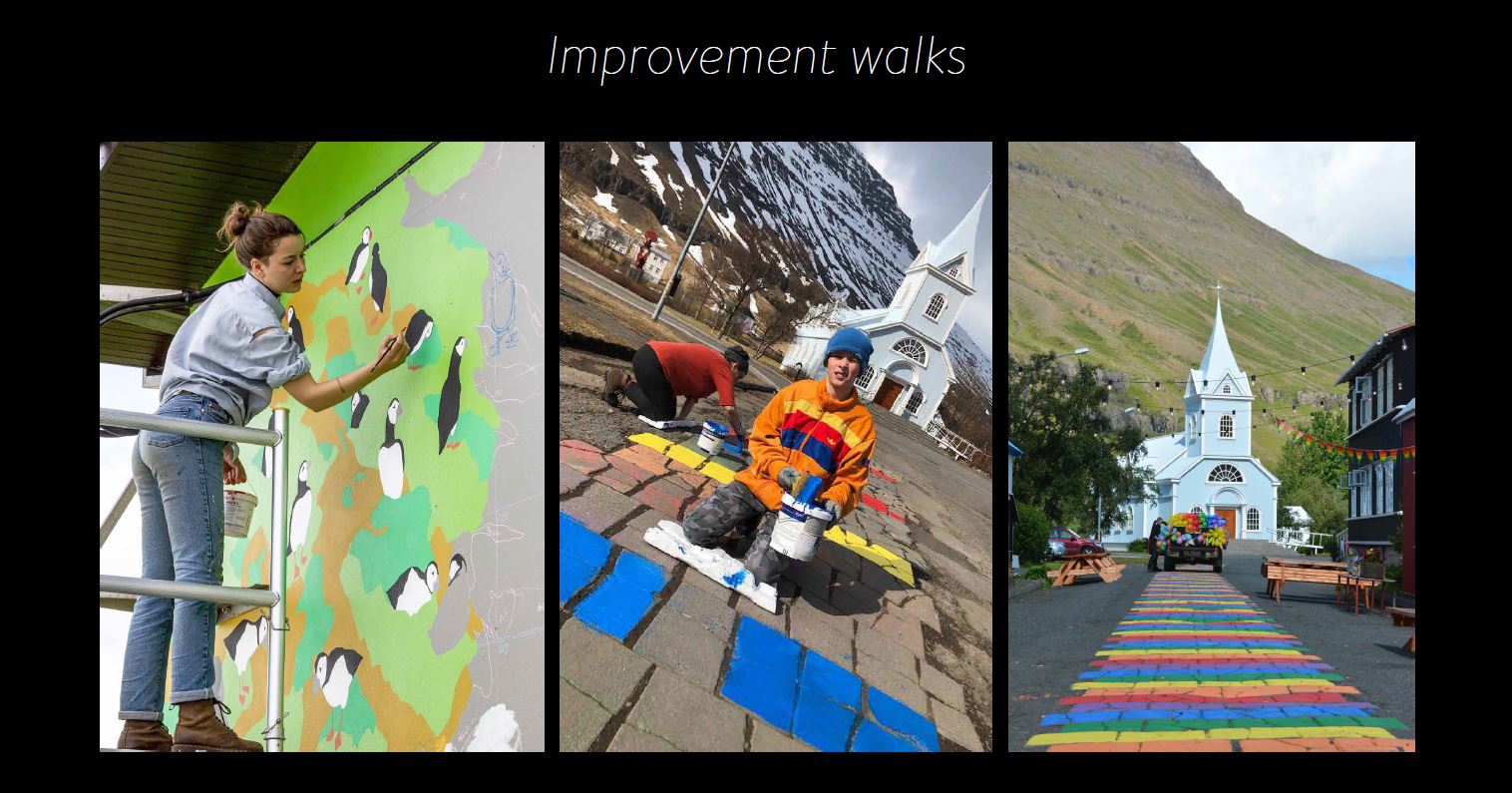
How overtourism could be prevented via green digital advertising?
Have you visited a destination that has “lost its magic” due to the crowds there? Authenticity as well as the quality of life of residents has been in danger since overtourism started to eat capacities of the destinations. Overtourism is referred to as “loving places to death”². Three decades ago, Venice was home to over 120 […]

Is smart tourism better tourism?
Nowadays, Information and Communication Technologies (ICT) are omnipresent. The digital age and its innovations in ICTs have changed society as well as economic and environmental development profoundly. ICT innovations are perceived and identified as one of the crucial game-changers in reaching Sustainable Development Goals.1 In this context, “smart” has become a buzzword. Gretzel, Sigala, Xiang […]

Digital Tourism Think Tank 2019 – Day 1
#DTTT 2019 What did I learn? I had a great possibility to participate in Digital Tourism Think Tank Global 2019 on 4rd and 5th of December, which this year took place in Espoo. DTTT Global is, in my opinion, one of the most interesting conferences as it gathers a bunch of tourism DMO’s and […]
Tourism Marketing and Management to start studying extraterrestrial tourists
Today is an excellent day to launch our new mission: we will focus now on how to make our world more hospitable for extraterrestrial tourists. There have been concrete sightings of UFOs for decades, clearly suggesting that we are constantly being visited by extraterrestrial aliens. In 2017 we at Tourism Marketing and Management programme started educating […]